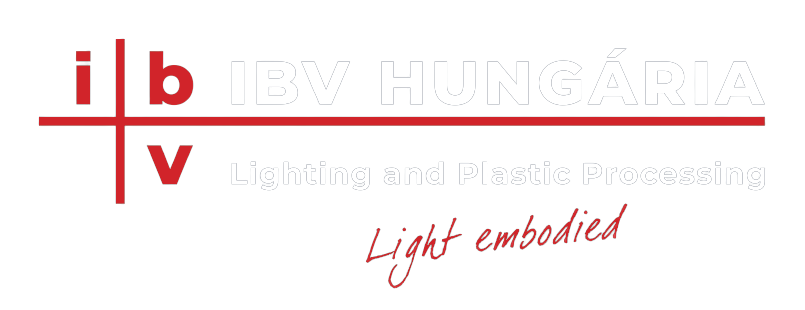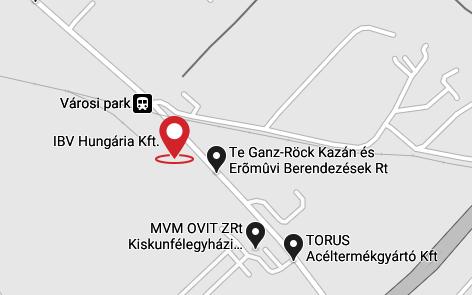
Sustainability in the manufacturing process
Energy efficiency
Our company pays special attention to green energy consumption. The first phase of our own solar panels was finished with 280 kWp output, the second one with 300 kWp, out of which we utilise a total of 480 kWp energy. This amount covers up to 8% of our annual energy requirements. We aim to scale up to 580 kWp, which is expected to result in a 10% subsistence.
In 2022, we started to insulate our buildings and exchange their doors and windows to reduce our natural gas consumption. The nearly 1578 m² of insulated walls resulted in an approximately 5% energy savings.
We plan to replace our current – almost 30-year-old – gas furnace with a modern one that will ensure a more sustainable operation thanks to its gas oil consumption with smaller carbon footprint.
Packaging waste
The scrap foil (packaging material of components) produced during manufacturing is selected based on its material and colour. This way it can be effectively recycled following transportation. The SMC packaging material for example is taken away separately and integrated back to the production cycle in a recycled form as a product (not as packaging material). This practice significantly reduces the environmental impact of the technological debris (e.g.: SMC foil, electric component tray, other plastic packaging material, and paper waste).
We can shrink the quantity of the real waste produced in this field by up to 10% annually with the help of recycling packaging materials.
Reduction of packaging materials used by IBV
We took important measures in the logistics system too: the disposable pallets were exchanged to reuseable ones according to EU standards (we took into consideration our partner agreements and mutual goals). We switched to delivering the pallets back to our partners, reducing the debris by doing so.
We changed the foil applied in the manual foiling process (both interior and exterior) to a thinner option. Thanks to this practice, we can save up raw material and reduce the quantity of plastic waste significantly at the same time. Parallel to this modification, manual strapping was exchanged to a semi-automatic method, which has a favourable impact on both the costs of purchase and our environment. We managed to reduce the quantity of paper by optimising the usage of paper edge protectors.
We use long-lasting plastic boxes instead of stanchions while moving the materials indoors, thus lowering the need for disposable packaging materials in the long run (they can be stored in a dust – and texture proof way, no need for foiling the stacks).
Energy efficiency and environment protection during investments
We put high emphasis on energy efficiency and environmental issues during our investments.
- Our factory humidors have been modernised to energy efficient ones.4
- The heat generated by waste is used for heating (resulting in a significant saving in the trimming plant).
- Further energy savings were gained by the automatization of heating control (e.g.: cooling/heating of SMC raw material storage, temperature regulation of the office and manufacturing areas).
- A reuseable re-granulated material is utilised in our injection moulding plant, which is an economic solution besides being environment friendly.
- The insulation of our tools plays a crucial part of our short-term goals to further enhance the energy efficient operation of our factory and support sustainability by reducing the energy usage of heating.

